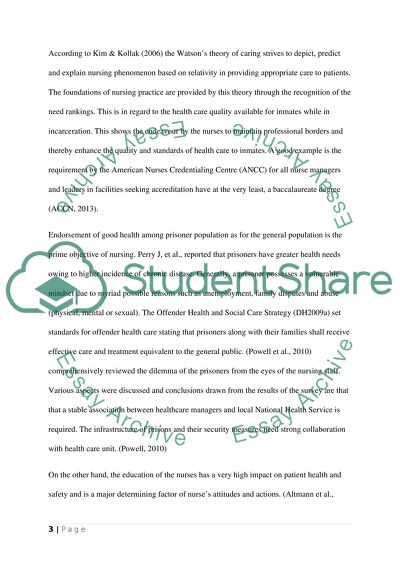Cite this document
(“Developing an Implementation Plan Research Paper”, n.d.)
Retrieved de https://studentshare.org/nursing/1480142-developing-an-implementation-plan
Retrieved de https://studentshare.org/nursing/1480142-developing-an-implementation-plan
(Developing an Implementation Plan Research Paper)
https://studentshare.org/nursing/1480142-developing-an-implementation-plan.
https://studentshare.org/nursing/1480142-developing-an-implementation-plan.
“Developing an Implementation Plan Research Paper”, n.d. https://studentshare.org/nursing/1480142-developing-an-implementation-plan.


